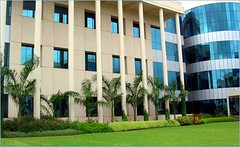Gail India has been selected as the top Indian company in the gas-processing, transmission and marketing sector for the Dun & Bradstreet Corporate Awards 2007. U D Choubey, chairman and managing director, GAIL received the award on behalf of GAIL from Manoj Vaish, president & CEO, Dun & Bradstreet, India. This is the second time that GAIL has received this award.
The corporate awards have been launched to recognize the twin virtues of size and growth in the top organizations of corporate India. The awards recognized the best organizations spread across various sectors such as oil and gas exploration, power generation, banks, software and IT, fertilizers, cement, FMCG and others.



